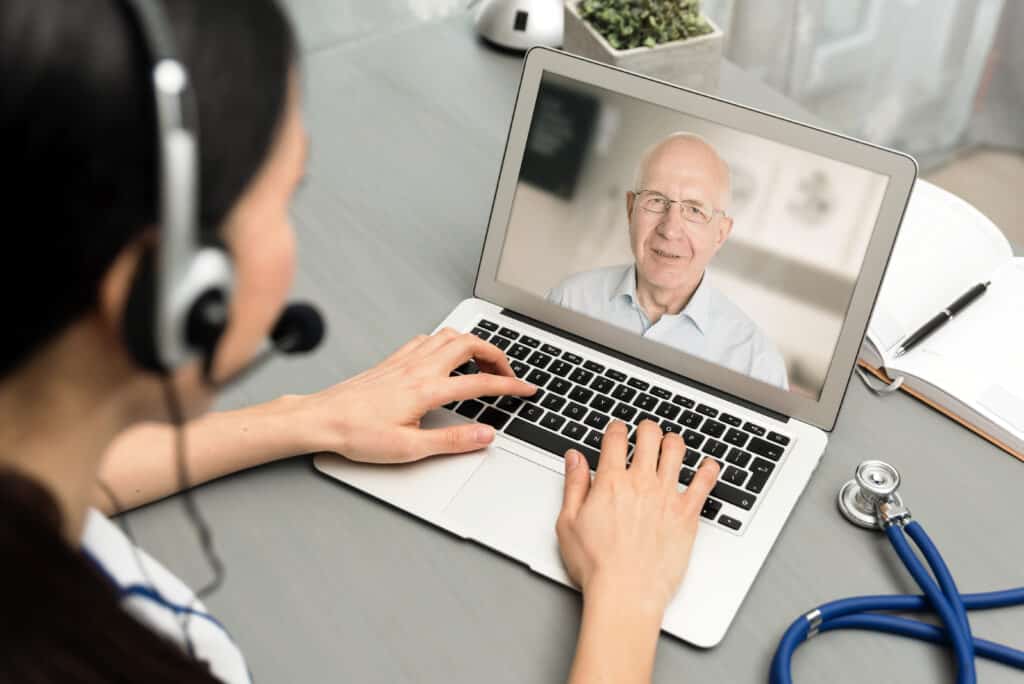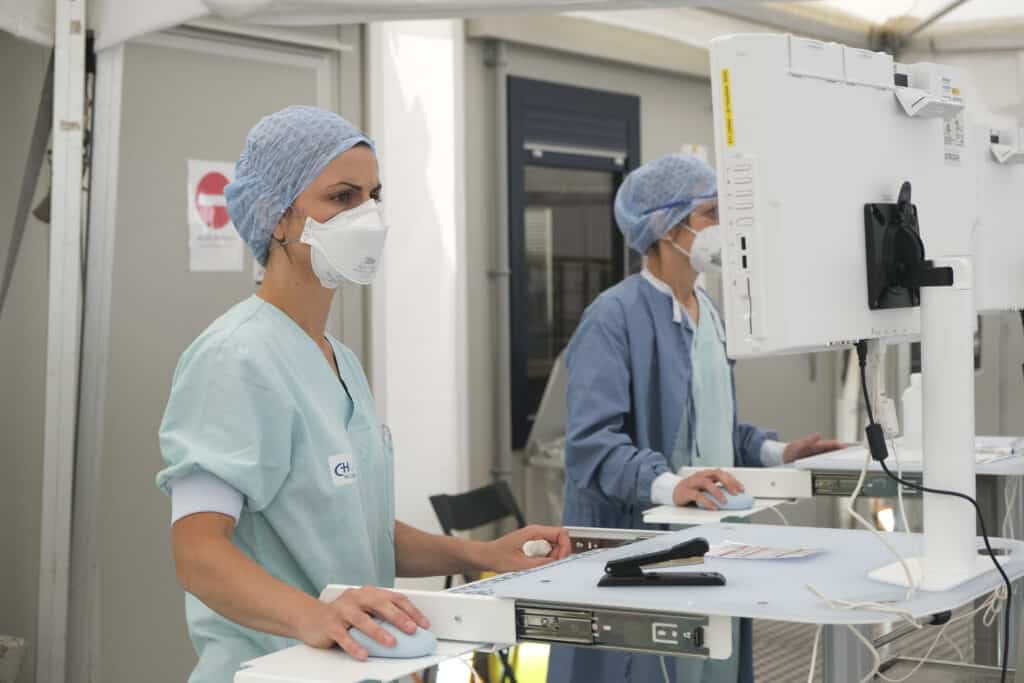The COVID-19 has necessitated many alterations in the way we do things. While telehealth technology was already in place before March 2020, mandated isolation and stay-at-home orders have certainly altered how things are done. In the article below, we explore the changes in telehealth before and after COVID.

Setting the Terms
Before we dive into analyzing telehealth before and after COVID, let us first define what we mean by “telehealth.” Telehealth describes the use of a form of information-communication technology to provide remote clinical services between patient and clinician. This includes interactions conducted live and those completed asynchronously.
Telemedicine is a more general term under which telehealth falls. It encompasses a broader range of services, including healthcare administration and medical training and education, which include clinician-clinician interactions. Though changes in telemedicine have also taken place because of pandemic restrictions, this article focuses primarily on telehealth before and after COVID.
A Brief History of Housecalls
Medical attention, in its earliest iteration, was provided at a patient’s home. Though not quite remote, this at-home treatment serves as the most rudimentary pattern for telehealth before and after COVID. However, once remedies for ailments began to improve and treatments could no longer be carried around in an apothecary’s bag, the practice began to wane and doctor visits began to shift entirely to hospitals.
Housecalls were still common practice as recently as 1930, accounting for approximately 40% of patient visits. In the next twenty years, that percentage dropped to 10%, and by the time Ronald Regan became president in 1980, housecalls accounted for approximately 1% of doctors’ visits.

Before March 2020
Even before the pandemic took the world by storm, remote medicine was a widely-utilized resource. In fact, in 2018, 76% of US hospital systems employed some form of telemedicine in practice. The most common disciplines include cardiology, radiology, and psychiatry. The rules were perhaps less hard and fast than in-person treatment.
Of the clinicians incorporating telehealth as well as in-person visits in their practices surveyed by Dr. Julia Shaver, MD, in her research about pre-pandemic telehealth levels, about half of them had concerns that remote visits facilitated inferior personal connection when compared to appointments conducted in the office. Approximately one-third of the same clinicians were of the opinion that overall quality was superior for in-person visits.
However, in the same study comparing telehealth before and after COVID, patients accessing remote health before the pandemic had comprehensively positive impressions. Patients cited elements such as ease of use, low cost, elimination of travel time, and even improved communication and outcomes as benefits to telehealth methods and overwhelmingly preferred the modality over face-to-face visits.
Despite consistently positive patient reviews, remote healthcare administration presented a number of challenges. In fact, those very patients surveyed by Dr. Shaver acknowledged that their telehealth visits were conducted almost entirely through video-conferencing as opposed to telephone due to reimbursement restrictions on the latter. Medical practices were faced with figuring out logistics like privacy regulations that necessitated costly investments in secure telecommunication technology and the difficulty of location specifics.
Despite these challenges, the use of telehealth continued to march toward ubiquitousness, growing slowly until the big break, or—we should say—outbreak.
SARS-CoV-2 December 2019
The outbreak of coronavirus disease 2019 had ramifications few could have predicted, affecting nearly every person on the planet in some way. As individuals and organizations dealt with sheltering in place, quarantining, and self-isolating for fear of spreading the virus, medical care in the United States plummeted despite the best efforts of healthcare professionals.
On the other hand, the uncertain world conditions facilitated a dramatic increase in telehealth consultation. Incidents of telemedicine interactions increased 766% in the first 3 months of the pandemic alone, spiking from 0.3% of all interactions between March and June 2019 to 23.6% of all interactions in the same window in 2020. The number of clinicians reporting telemedicine as an active skill has doubled from 20% to roughly 40% in a similar time frame.

The transition was not a seamless one. We have had to adapt, improving systems to accommodate heavier patient loads. This has involved upending many of telehealth’s previous barriers. For example, during the uncertainty, Congress adjusted Medicare restrictions, standardizing more relaxed criteria.
Even as the necessity to isolate has waned, telehealth is showing some staying power. Medical forecasts predict that we will not return to pre-COVID levels of telemedicine administration, that the modality will remain an integral part of medical care.
Looking to the Future
As we continue to adjust to a new way of life, many of the challenges to establish effective and secure telehealth methods remain. To take advantage of what we have learned, we must incorporate what telehealth before and after COVID has taught us and continue to build upon it. We must incorporate Telehealth methods training into all future medical curriculum, including logistics about communication technology and other specifics about navigating remote consultations.